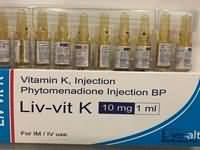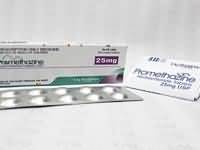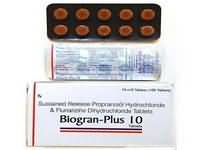phytomenadione

CLINICAL USE
Vitamin K deficiency Antidote to oral anticoagulantsDOSE IN NORMAL RENAL FUNCTION
Oral:PHARMACOKINETICS
DOSE IN RENAL IMPAIRMENT
GFR (mL/MIN)
DOSE IN PATIENTS UNDERGOING RENAL REPLACEMENT THERAPIES
IMPORTANT DRUG INTERACTIONS
Potentially hazardous interactions with other drugsAntagonises effect of coumarins and phenindioneADMINISTRATION
Reconstition
–Route
IV, IM, oralRate of Administration
Konakion ® – very slow injection (1 mg/min)Konakion MM ® – dilute each 10 mg with 55 mL of glucose 5% and give by slow infusion over 15–30 minutesComments
Risk of anaphylaxis if IV injected too rapidlyProtect infusion from light Konakion ® should not be diluted (non-micellar)Only Konakion can be given IMOTHER INFORMATION
recommended for severe haemorrhage
See how to identify renal failure stages according to GFR calculation
See how to diagnose irreversible renal disease
Home








